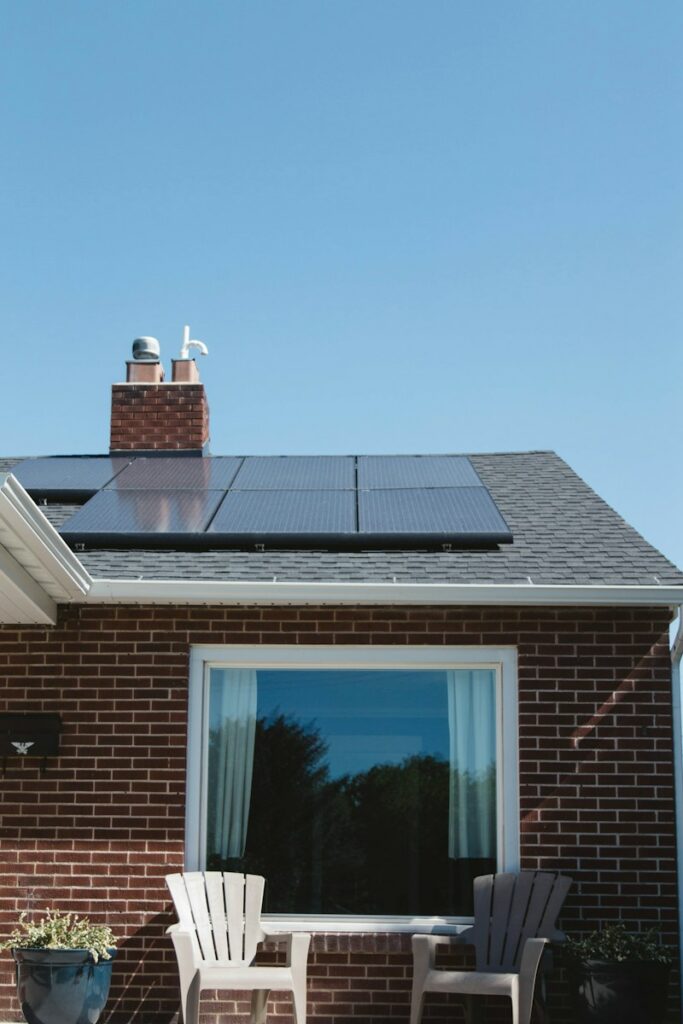By improving your home to be more energy-efficient, you could score a tax credit of up to $3,200. You’ve got until 2032 to claim that credit for any upgrade you make.
You get a 30% credit on certain qualified expenses, like energy-efficient improvements, residential energy property expenses, and home energy audits. But there are some limits on how much you can claim annually and for specific types of expenses. The credit applies to property in service between January 1, 2023, and January 1, 2033.
How much is the Energy Credit?
The most you can use each year is:
- $1,200 for energy property costs and certain home improvements, with caps on doors ($250 per door and $500 total), windows ($600), and home energy audits ($150).
- $2,000 per year for heat pumps, biomass stoves, or biomass boilers.
Now, who’s eligible for this sweet deal? Well, you can claim the credit for improvements to your main home, where you’re living most of the time.
For the energy-efficient home improvement credit, your home’s gotta be:
- In the U.S.
- An existing one that you upgrade or add onto, not a brand-new home.
- Usually, your primary residence (where you spend most of the year). Sorry, landlords or folks who don’t live in the home can’t jump on this.
If you’re using your place purely for business, this credit isn’t for you. But if it’s a mix of home and business, the credit for clean energy expenses depends on the percentage of non-business use.
Labor costs don’t count either. They’re not part of the credit party.
Not so fast…
Before you go crazy with home improvements, first consider the following caveats:
- The energy-efficient tax credit doesn’t carry over to the next year. It’s a ‘use it or lose it’ kind of deal. So, if you don’t claim the full credit in a given year, you can’t roll over the excess to offset your taxes in the following years. For example if you replace 5 doors at a cost of $200 each, $1,000 total, the maximum you get for the credit is $500.
TIP: It is better to wait a little and space out your purchases. Replace half of the doors one year and the rest the year after. This way you get the $500 credit two years in a row.
- This is a credit not a tax deduction. A tax credit directly decreases the amount of tax you need to pay to the government. If you don’t have taxes to pay for that year, you do not get to use the credit at all.
TIP: If you are having a great year with extra income or investment gains, a good plan is to make home improvements before year-end and pay less in taxes.
- Extrapolating the first two points. The energy credit is never a $ dollar per $ dollar Sales people sometimes are too eager to let you believe that if you spent $ 10,000 in new impact windows, you will get back the same exact amount in tax benefits. As stated before, there are maximum amounts and other requirements that would never make that possible.
Regardless of the limitations of the energy tax credits, it is still a good incentive to improve the energy efficiency of your home. Especially if you plan ahead of time, you could take advantage of the credits for many years and besides, you will be saving hundreds of money in energy consumption.
Qualified energy efficiency improvements include:
Insulation or air sealing material costs
Exterior door costs
Exterior window and skylight costs
Natural gas, propane or oil water heaters
Natural gas, propane or oil furnaces or hot water boilers
Panelboards, subpanelboards, branch circuits or feeders
Home energy audits
Residential energy property expenditures include:
Central air conditioner costs
Natural gas, propane, or oil water heater costs
Natural gas, propane, or oil furnace or hot water boiler costs
Panelboards, subpanelboard, branch circuits, or feeder costs
Home energy audit costs
Costs related to heat pump water heaters, biomass stoves, and biomass boilers
For more information, visit the IRS page on energy efficient improvements.
Para más detalles en Español, baje el siguiente documento:



